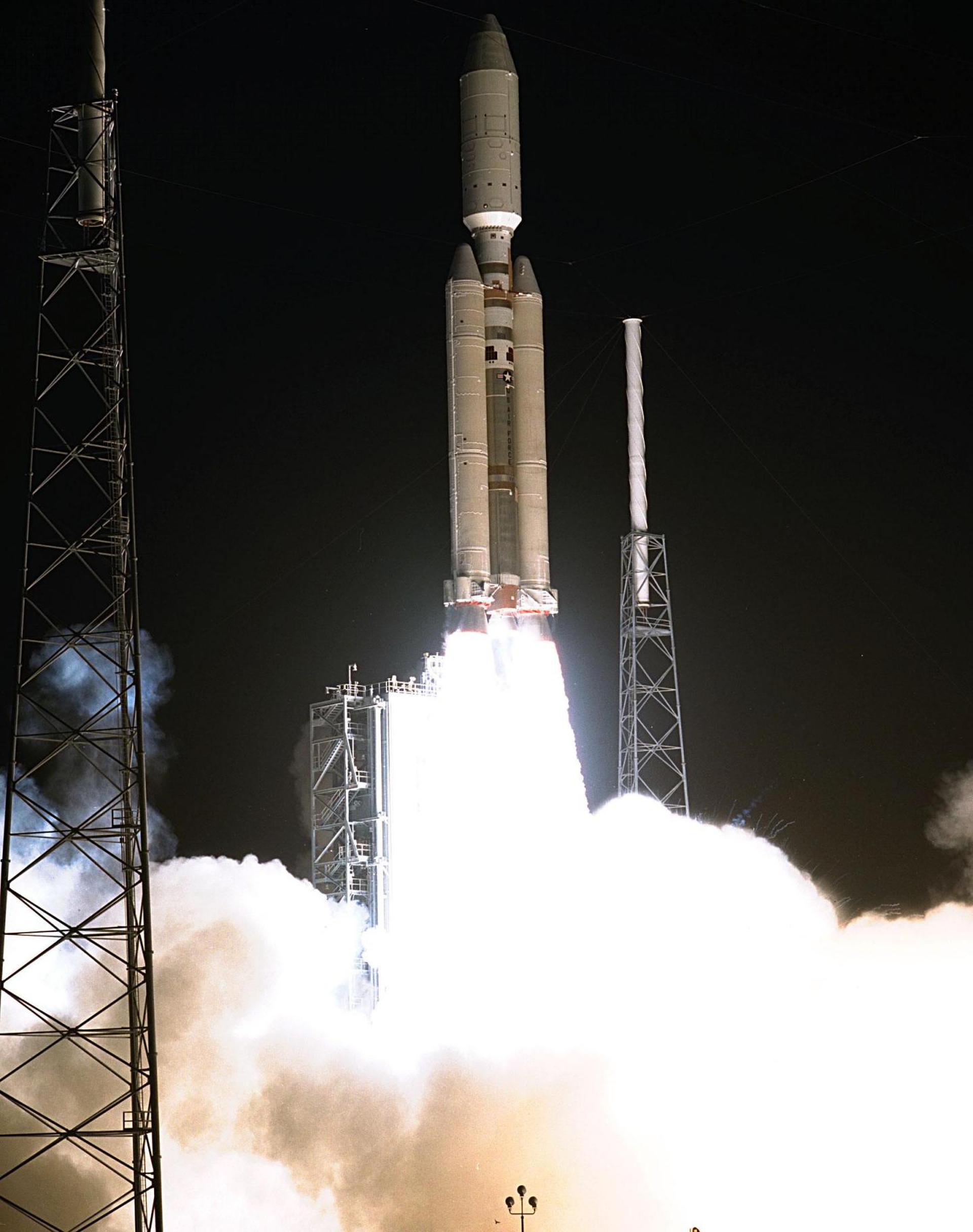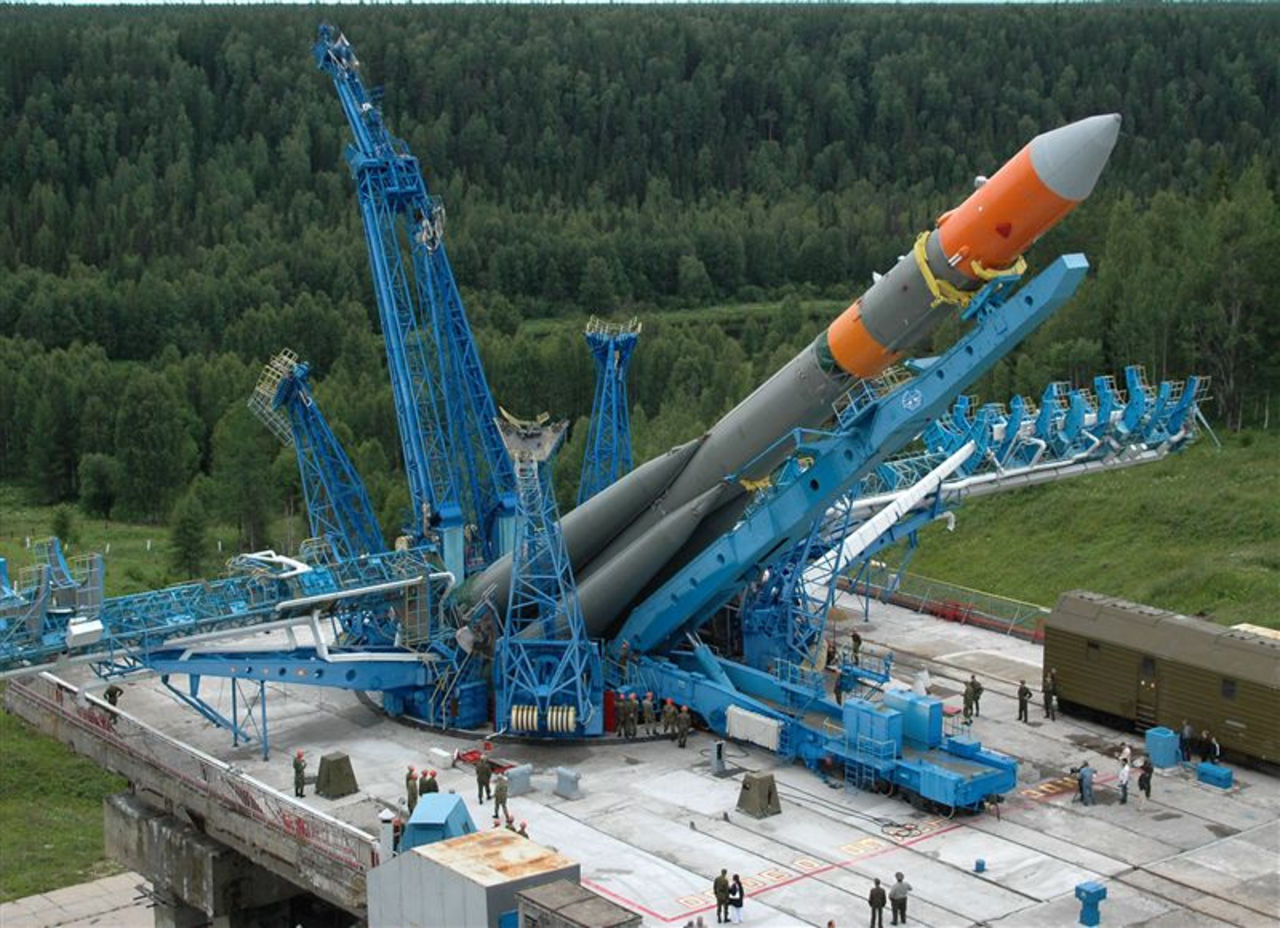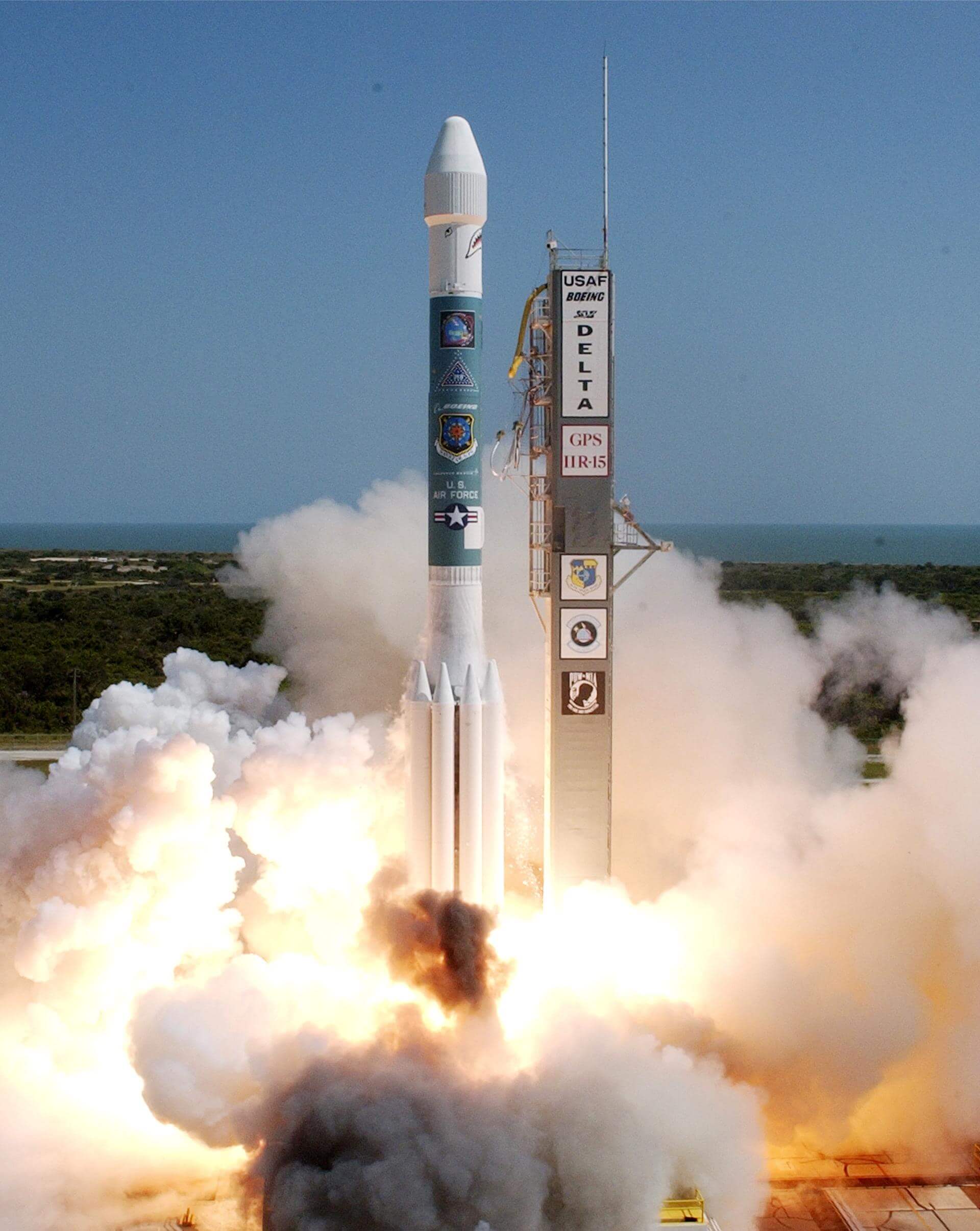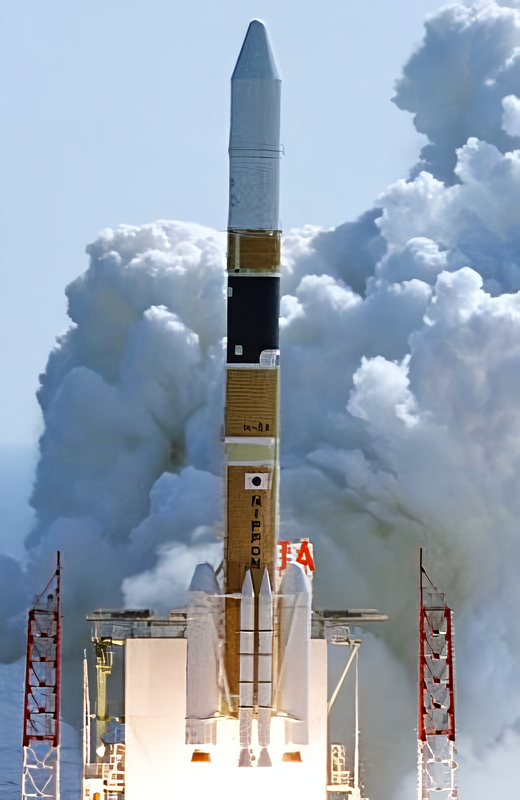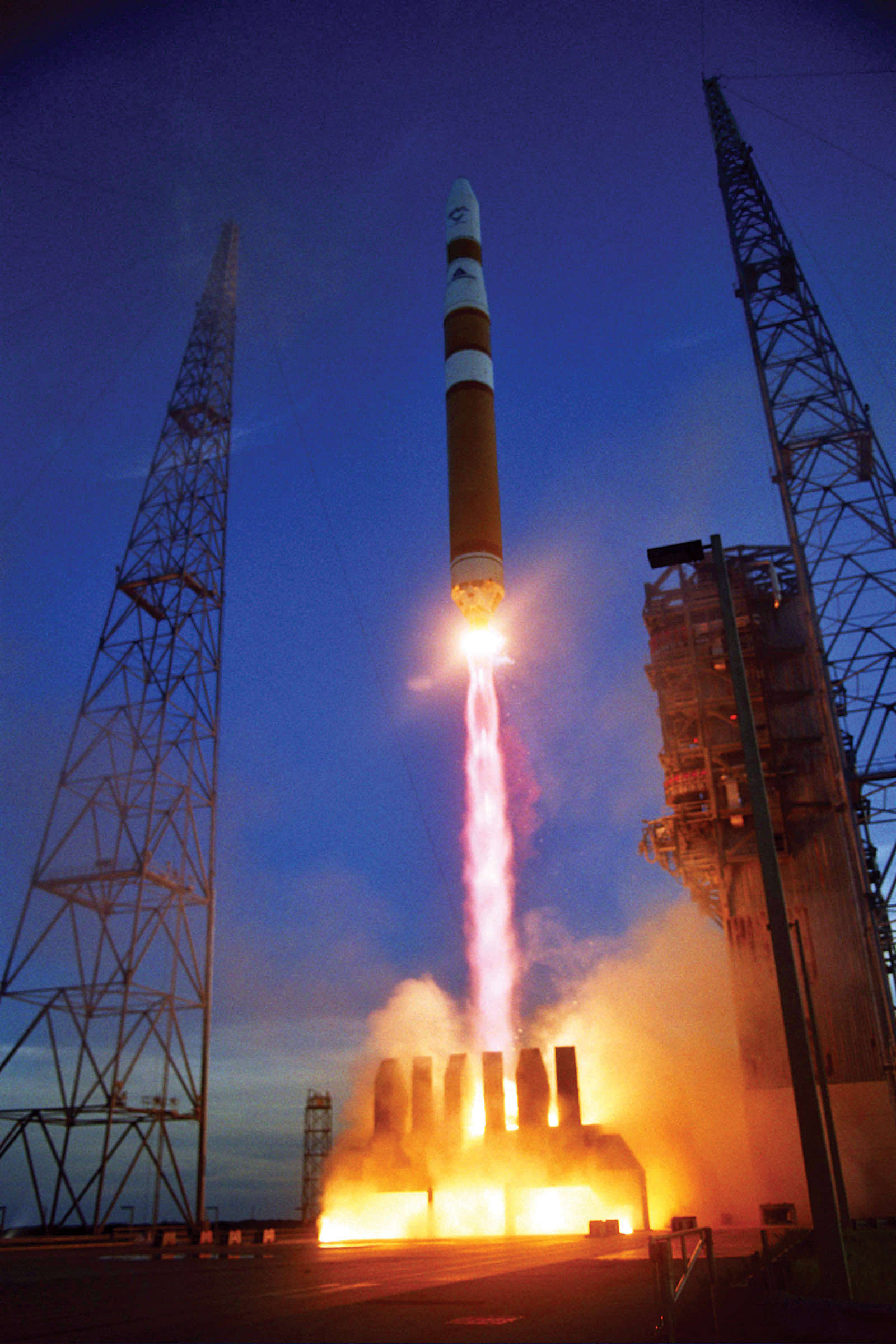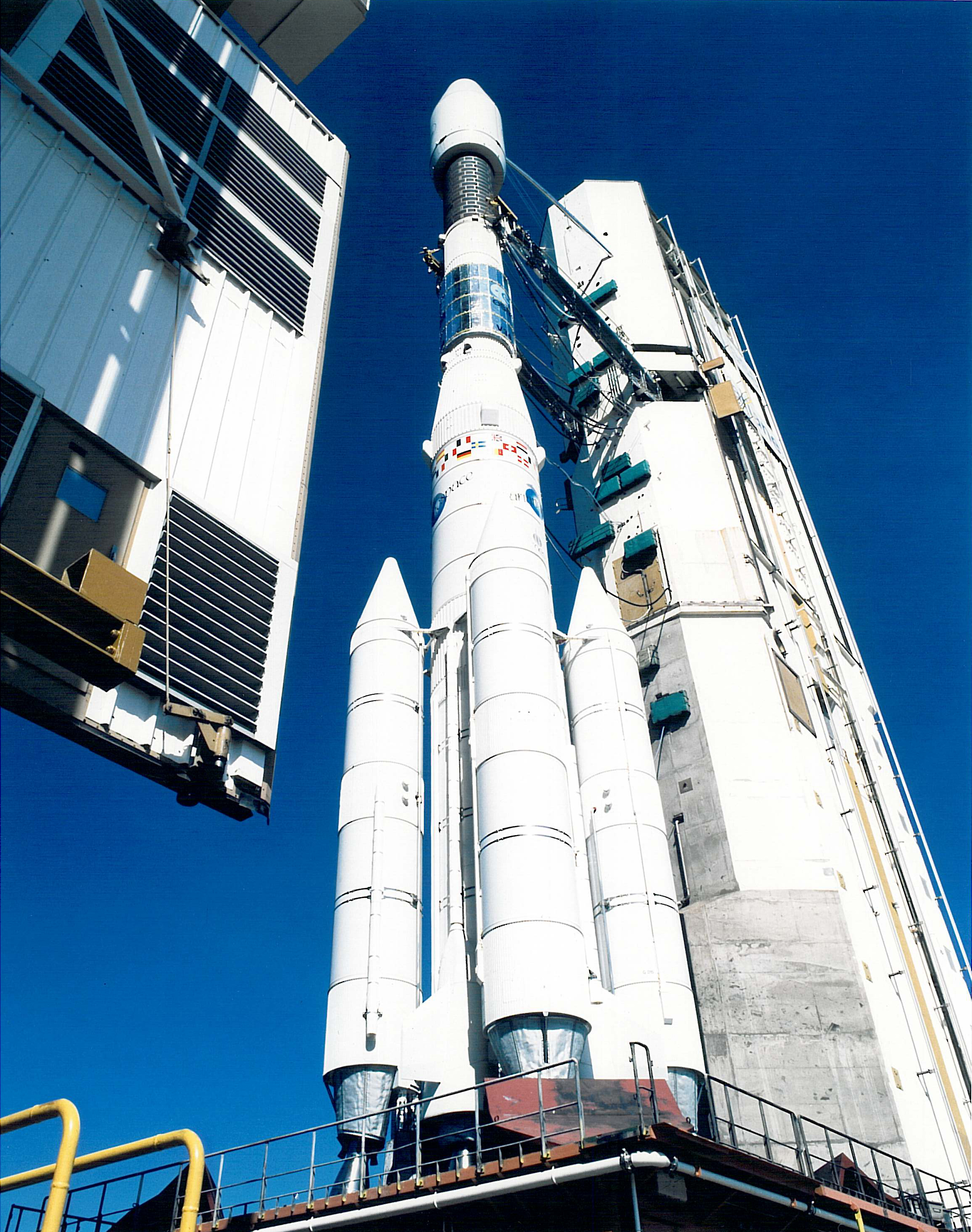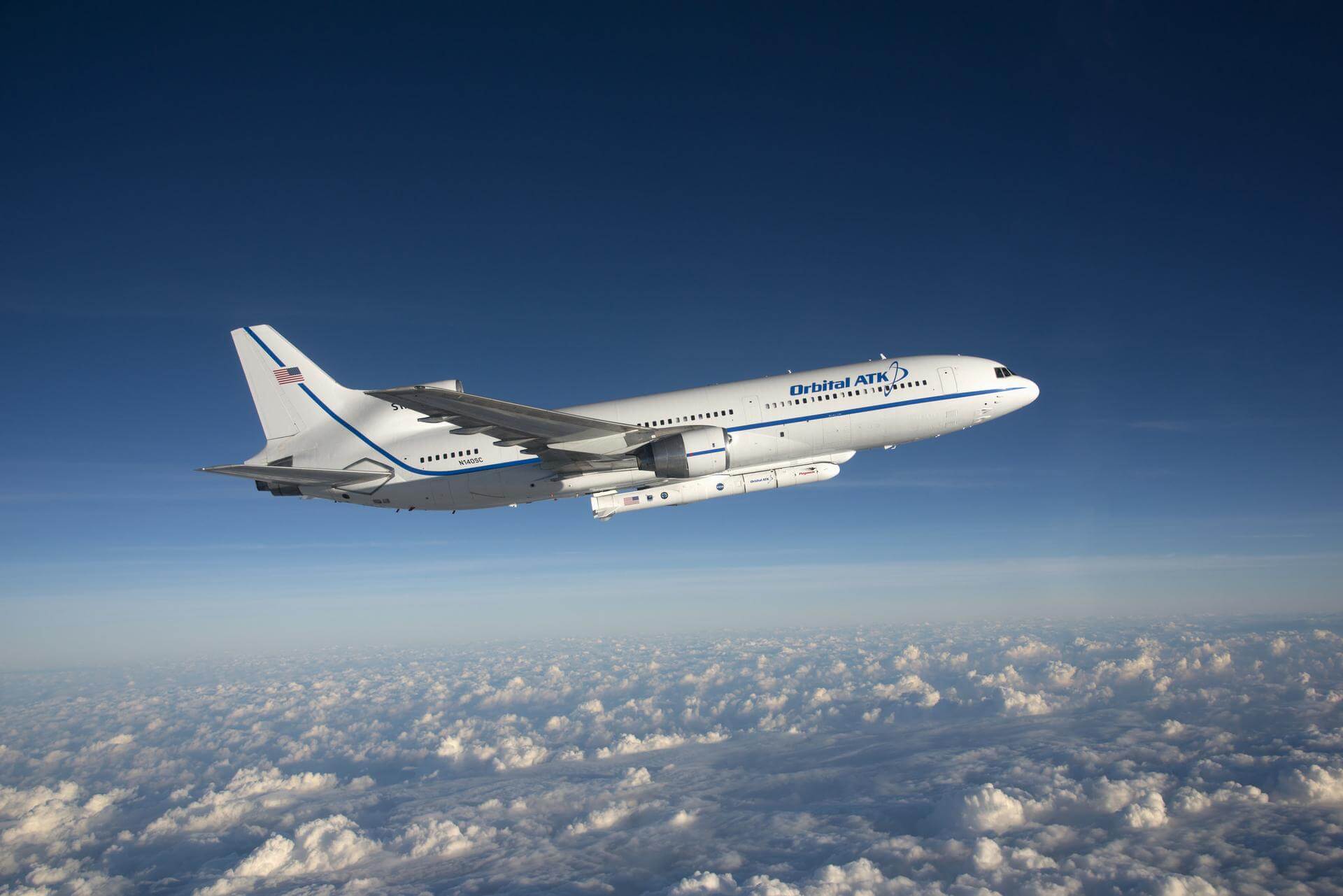Previous Spaceflight Launches
Filter by Agency, Locations or Vehicles
Show All LaunchesTitan IVB | Milstar 6
Lockheed Martin | United States of AmericaCape Canaveral SFS, FL, USA
April 8, 2003, 1:43 p.m.
Molniya-M | Molniya-1T 92
Russian Space Forces | RussiaPlesetsk Cosmodrome, Russian Federation
April 2, 2003, 1:53 a.m.
Delta II | GPS IIR-9
United Launch Alliance | United States of AmericaCape Canaveral SFS, FL, USA
March 31, 2003, 10:09 p.m.
H-IIA 2024 | IGS Radar 1 & IGS Optical 1
Mitsubishi Heavy Industries | JapanTanegashima Space Center, Japan
March 28, 2003, 1:27 a.m.
Status: Launch Successful
Mission:
The IGS Radar 1 & Optical 1 (Intelligence Gathering Satellite) are Japanese radar and optical reconnaissance satellites. The satellites are operated by the Cabinet Satellite Information Center. The satellites serve both Japan's national defense and civil natural disaster monitoring.
Sun-Synchronous OrbitDelta IV M | DSCS III A-3
United Launch Alliance | United States of AmericaCape Canaveral SFS, FL, USA
March 11, 2003, 12:59 a.m.
Status: Launch Successful
Mission:
The U.S. Air Force Space Command operates 10 Phase III DSCS satellites providing defense officials and battlefield commanders secure voice and high rate data communications. The DSCS III system also transmits space operations and early warning data to various systems and users.
Geostationary Transfer OrbitAriane 44L | INTELSAT 907
Aérospatiale | FranceGuiana Space Centre, French Guiana
Feb. 15, 2003, 7 a.m.
Soyuz U | Progress M-47
Russian Federal Space Agency (ROSCOSMOS) | RussiaBaikonur Cosmodrome, Republic of Kazakhstan
Feb. 2, 2003, 12:59 p.m.
Delta II | GPS IIR-8
United Launch Alliance | United States of AmericaCape Canaveral SFS, FL, USA
Jan. 29, 2003, 6:06 p.m.
Status: Launch Successful
Mission:
USA-166, also known as GPS IIR-8 and GPS SVN-56, is an American navigation satellite which forms part of the Global Positioning System. It was the eighth Block IIR GPS satellite to be launched, out of thirteen in the original configuration, and twenty one overall.
Medium Earth OrbitPegasus XL | Solar Radiation and Climate Experiment (SORCE)
Orbital Sciences Corporation | United States of AmericaAir launch to orbit
Jan. 25, 2003, 8:13 p.m.
Space Shuttle Columbia / OV-102 | STS-107
National Aeronautics and Space Administration | United States of AmericaKennedy Space Center, FL, USA
Jan. 16, 2003, 3:39 p.m.
Status: Launch Failure
Mission:
STS-107 was the 113th flight of the Space Shuttle program, and the disastrous final flight of Space Shuttle Columbia. The mission launched from Kennedy Space Center in Florida on January 16, 2003, and during its 15 days, 22 hours, 20 minutes, 32 seconds in orbit conducted a multitude of international scientific experiments.
Low Earth Orbit